Description
Description: Chinese porcelain kraak plate with a bracket-lobed edge and a pale blue decoration. One nice feature of kraak ware is that the blue, even when of light tone like in this case, is always bright, vivid. We like to call this kind of blue as “limpid”. This plate has an interesting decoration. Behind the very common motif of the two deer there is a complex of rocks. Behind them, we can see the Three Friends of Winter motif, which we have never found on any kraak plate. Nor on those illustrated in Rinaldi’s book “Kraak Porcelain – A moment in the history of trade”, nor on those shown in the two extraordinary books of Teresa Canepa, “Jingdezhen to the World – The Lurie collection of Chinese export porcelain from the late Ming Dynasty” and “Silk, Porcelain and Lacquer – China and Japan and their trade with Western Europe and the New World”, and nor on the catalogue raisonné “Chinese porcelains of the Santos Palace”.
In our opinion there is also another interesting feature here: the big complex of rocks behind the two deer could be seen as being the forerunner of the wheel-looking, rounded rocks that are seen on some kraak plates. The last picture here, from Maura Rinaldi’s book, is showing round wheel-looking shapes. Referring to them, the Author say that “In the beginning this may have represented rocks but, through formality and stylization, this motif may have degenerated into a feature with completely different meaning: The Wheel of Law. It represents Buddha’s first sermon in the Deer Park at Sarnath. This hypothesis is sustained by the exclusive use of the motif in conjunction with deer decoration on both dishes and bowls. The deer is commonly believed to represent the Daoist symbol of long life but this would not have discouraged the open-minded Chinese potter from giving it a dual symbolism.”
Instead, Teresa Canepa, in “Jingdezhen to the World”, related to the Lurie collection and written 30 years after Maura Rinaldi’s book, calls these same rocks simply as “taihu rocks”. According to the Princeton University Art Museum, taihu rocks are the rocks that “were farmed from Lake Tai in Jiangsu province. The perforated surfaces of the stones were formed by drilling the limestone and then immersing the rocks in the lake, where they were exposed to the erosive actions of water, waves, and sand, sometimes for hundreds of years. When the rocks were harvested, the perforations often appeared to be natural, and Taihu rocks have been likened to miniature cosmic mountains with heavenly grottoes and fantastic peaks. Collected and treasured since early times, these rocks are sometimes large and are often placed in gardens, such as those in the city of Suzhou.”.
In conclusion, we think that the special way the rocks are painted on our plate, connected in a single rock formation but clearly already shaped as individual round rocks, is suggesting that also when represented isolated, they are indeed meant to be taihu rocks.
Dating: 16th century, Jiajing, Ming dynasty.
Size: 27 cm diameter
Provenance: Antiquarian market
References:
Notes:
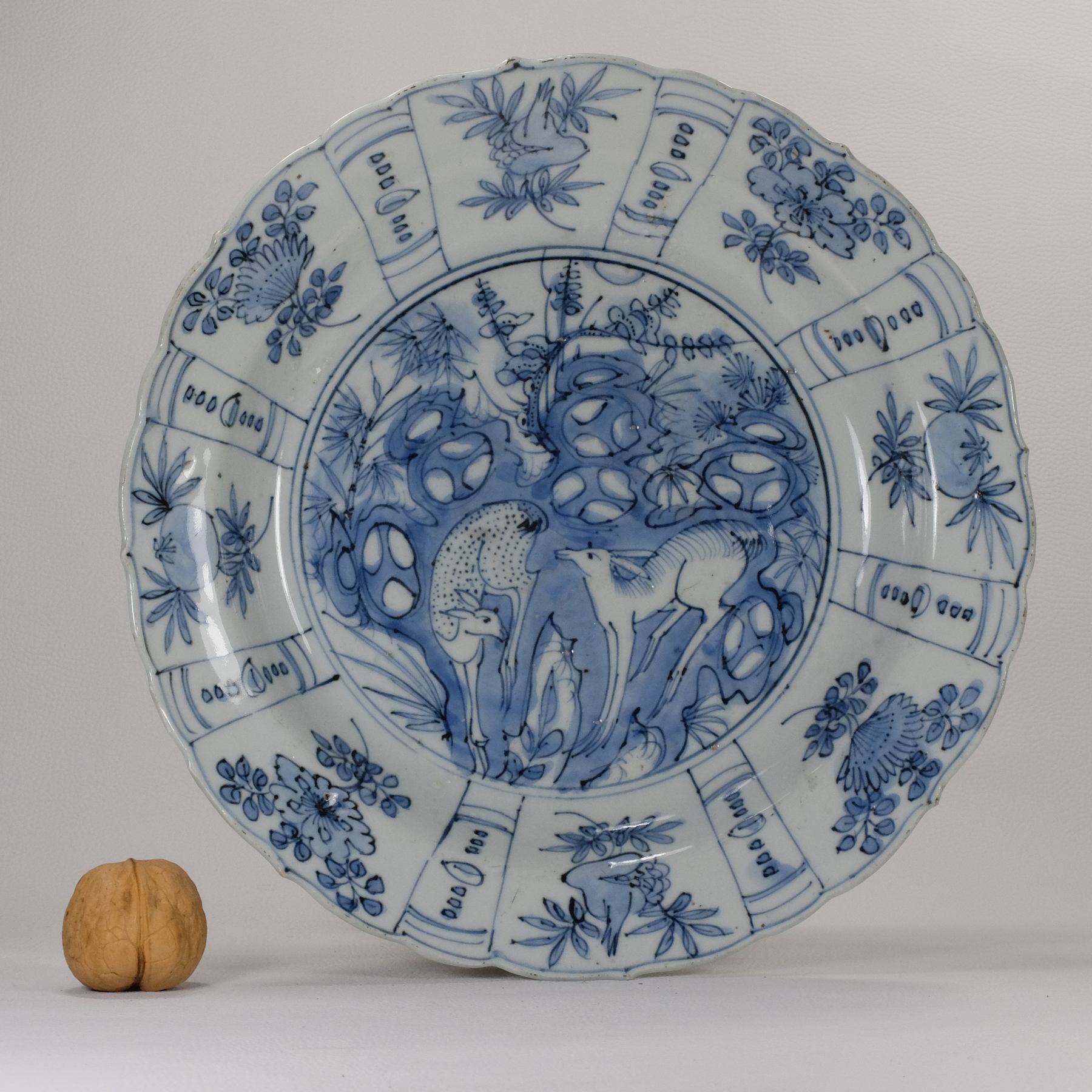
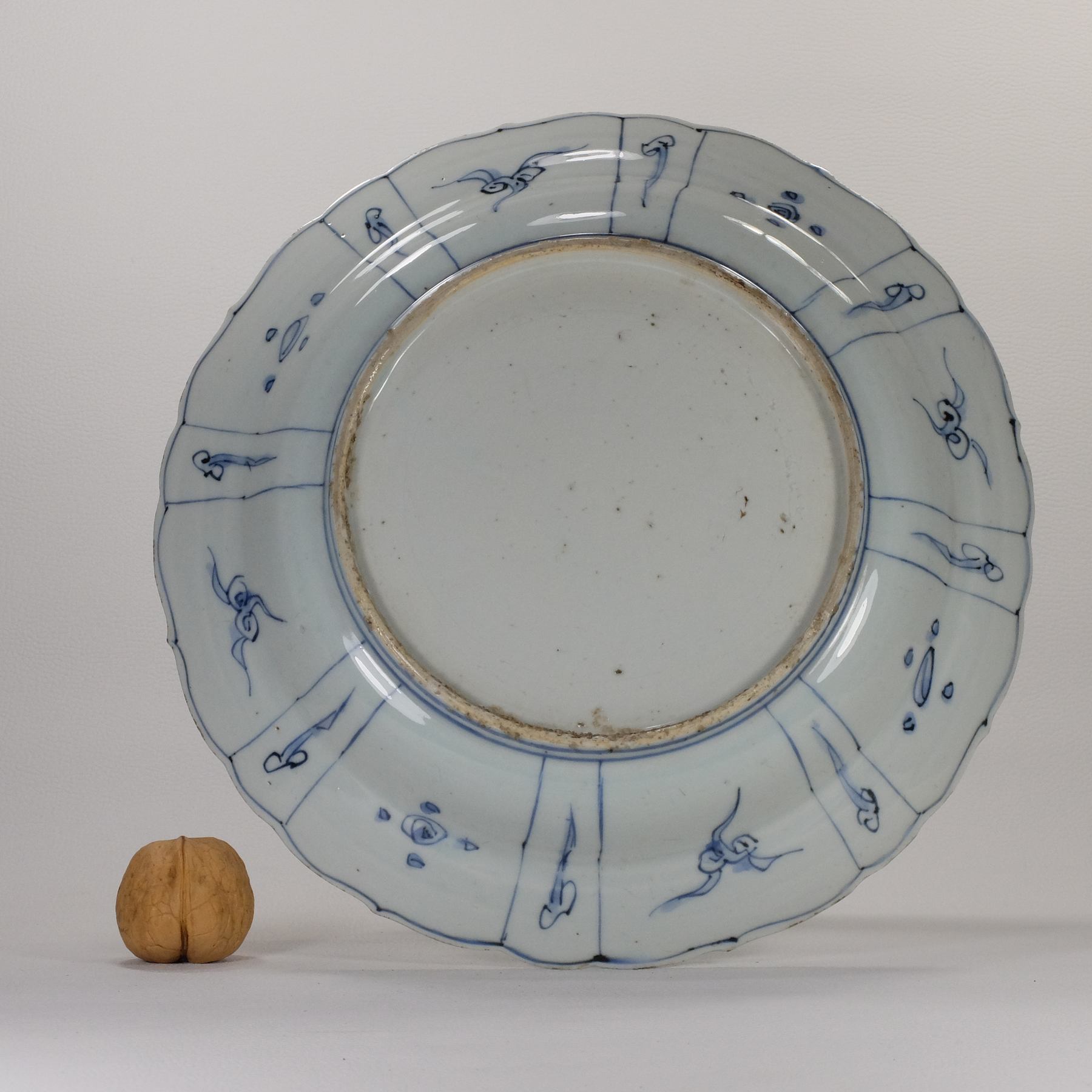
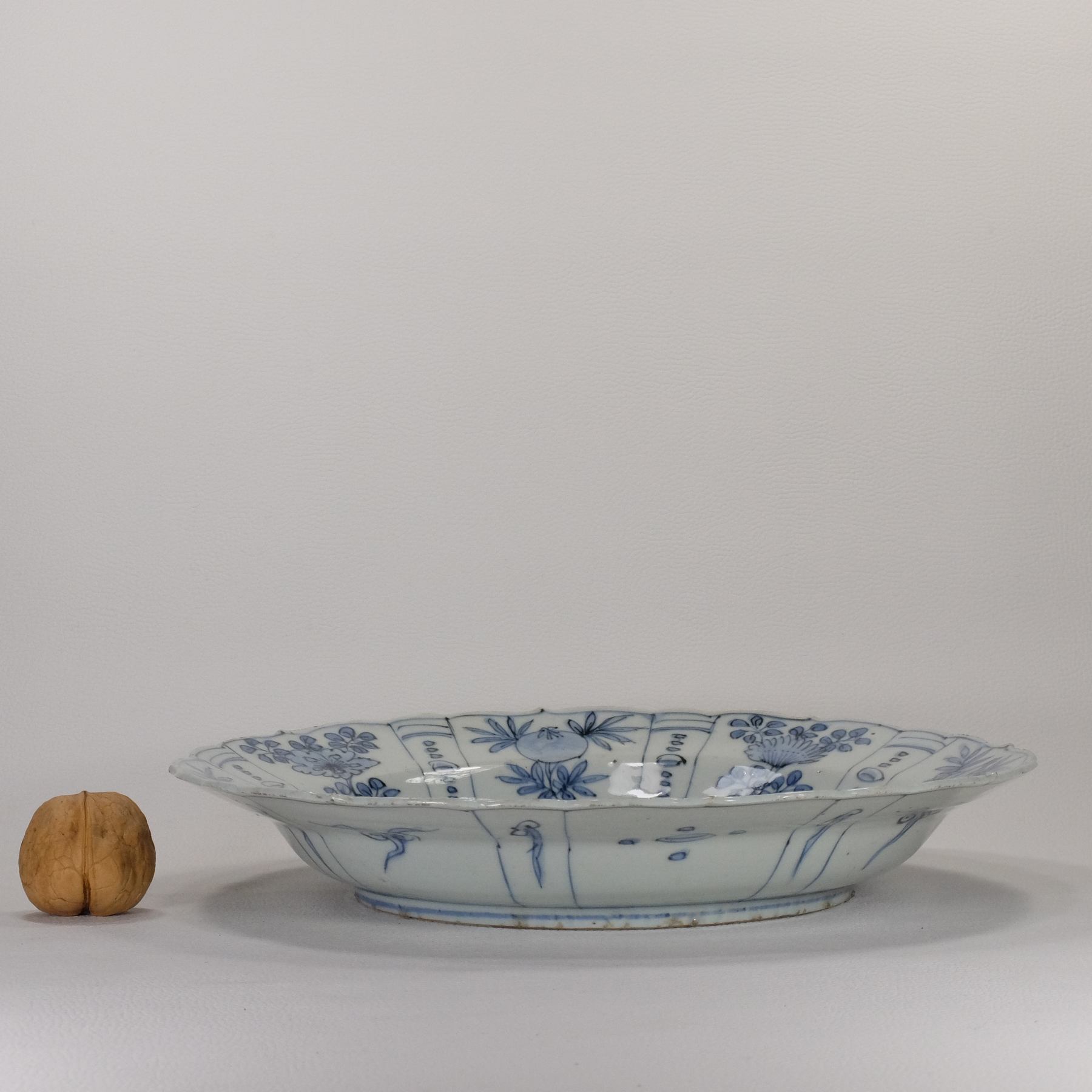
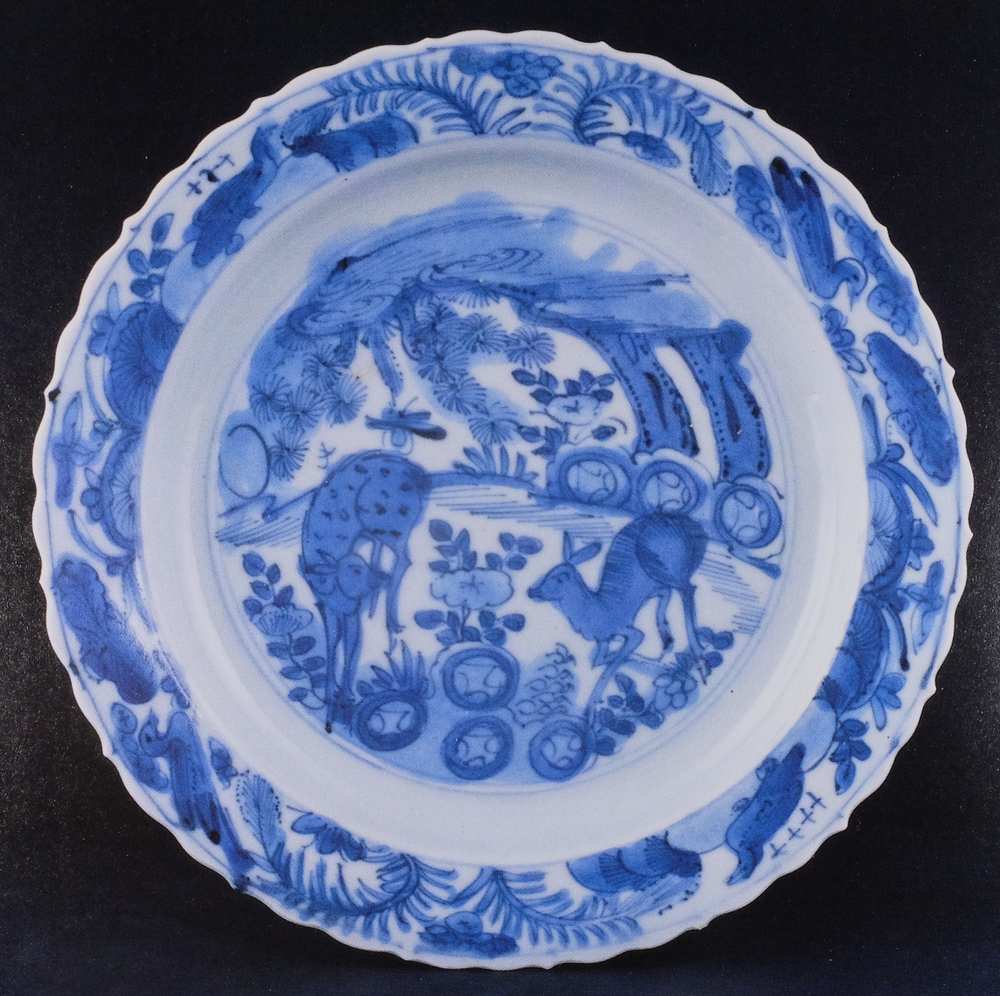
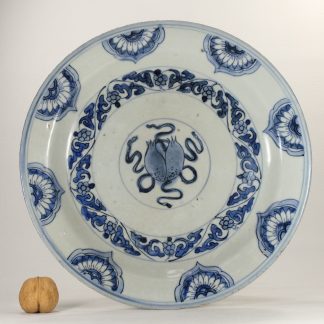
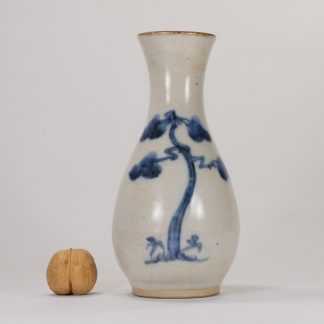

Reviews
There are no reviews yet.